Description
Please leave empty
Moderate
11 days
27/06/2026
07/07/2026
Ladakh, India
12 / 12
The Ladakh Explorer Trail Expedition is a journey through the hidden layers of Ladakh’s heritage and the uncharted paths of its high mountains. Blending exploration with community encounters, the expedition uncovers forgotten stories, ancient traditions and lesser-known landscapes that continue to shape Ladakh’s identity.
Alongside trekking a less explored trail, participants engage with local communities, exchange knowledge and learn from one another in a setting that encourages shared growth and discovery. It is both an exploration of Ladakh’s timeless heritage and a platform for meaningful connections.
Please leave empty

Touch down in the serene city of Leh, the gateway to the Himalayas, situated at an altitude of approximately 11,500 feet. Upon arrival, you’ll be greeted with crisp mountain air and stunning views of rugged peaks. Spend the day acclimatizing to the high altitude to avoid any discomfort. Relax at your hotel, sip on warm ginger tea, and enjoy the tranquility that surrounds you. In the evening, take a short walk nearby to stretch your legs and soak in the mountain ambiance. Stay overnight in Leh.
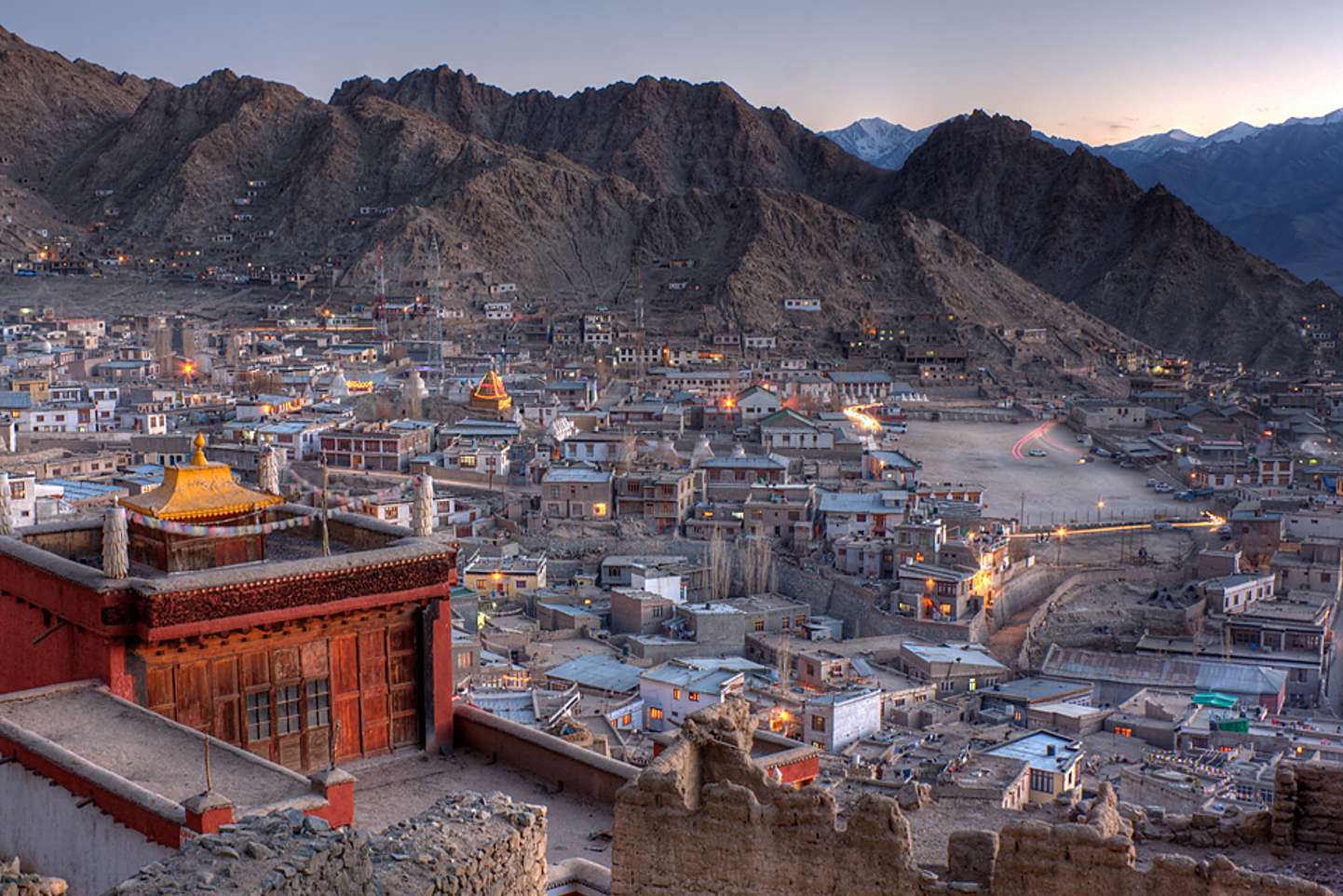
Kickstart your day with an insightful presentation on the Zanskar region, covering its rich culture, geography, and the objectives of your expedition. This session sets the tone for your meaningful journey ahead. Later, visit the Shanti Stupa, perched on a hilltop, where you’ll witness sweeping views of Leh bathed in sunlight or illuminated by the golden hues of sunset. Spend your afternoon exploring the bustling Leh Market, where you can shop for intricate Pashmina shawls, turquoise jewelry, and local handicrafts. End the day with a traditional Ladakhi meal. Stay overnight in Leh.
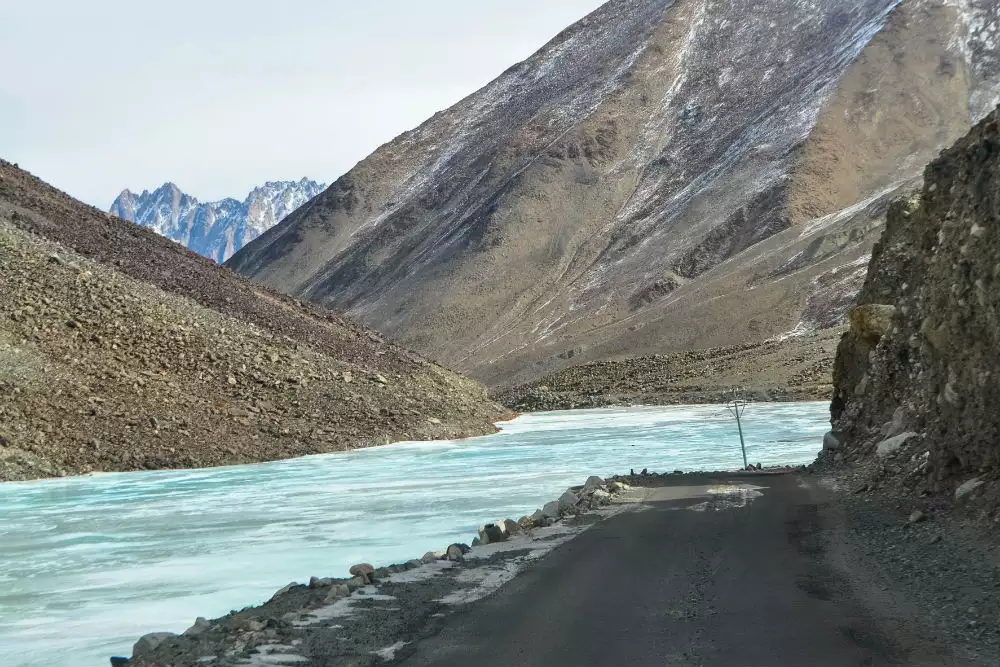
Embark on a scenic and adventurous journey from Leh to Padum, a serene village nestled in the Zanskar Valley. The Chilling route offers spectacular landscapes, with dramatic gorges, meandering rivers, and towering mountains accompanying you throughout the drive. Pause at scenic spots to take in the breathtaking views and capture the rugged beauty of Ladakh. By evening, arrive in Padum, where you’ll feel the unique blend of remoteness and tranquility. Rest and rejuvenate for the night. Stay overnight in Padum.

Drive to the picturesque village of Purne, surrounded by majestic peaks and tranquil rivers. From here, embark on a thrilling hike to the Phugtal Monastery, a marvel of ancient architecture built into the cliffside. As you climb, soak in the awe-inspiring views of the Lungnak River winding through the valley. At the monastery, take a moment to meditate or interact with the monks to understand their way of life. Return to Purne for a delicious, locally prepared lunch before heading back to Padum. Spend a peaceful evening in the quiet village. Stay overnight in Padum.
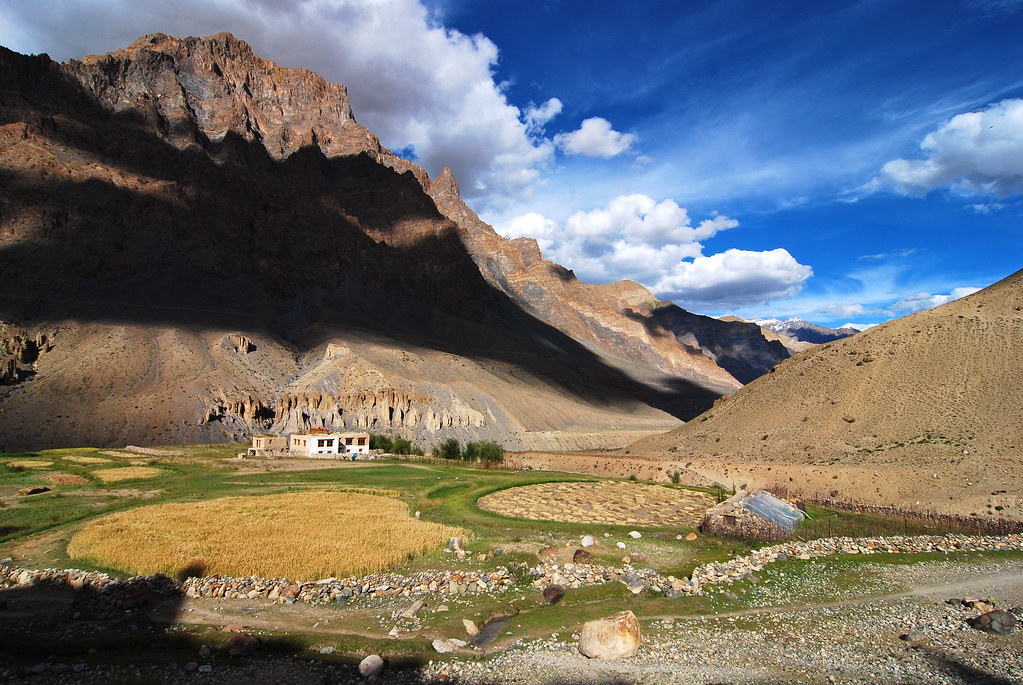
Journey to Hanamur, a remote village that offers an authentic glimpse into Ladakhi life. On the way, stop at the Karsha Monastery, the largest and one of the most important monasteries in Zanskar. Admire its ancient murals, sacred relics, and the mesmerizing views of the valley below. Continue to Hanamur, where you’ll set up camp in a serene location surrounded by towering peaks. As night falls, enjoy the warmth of a campfire under a canopy of stars, creating unforgettable memories. Camp overnight in Hanamur.

Spend the day giving back to the local community by installing rocket stoves, a sustainable and efficient cooking solution. Engage with villagers, working together to set up these stoves that will significantly reduce firewood consumption and improve indoor air quality. Share stories, laughter, and a sense of camaraderie as you make a tangible impact on their lives. Enjoy a hearty community lunch before heading back to Padum. Reflect on the day's achievements during the evening. Stay overnight in Padum.

Set out on a journey from Padum to Kargil, passing through the breathtaking Rangdum region. The route is dotted with surreal landscapes, including the imposing Drang Drung Glacier, cascading waterfalls, and vast plains framed by towering mountains. Stop along the way to take in the stunning vistas and enjoy a packed lunch. Arrive in Kargil by evening, where you can unwind and prepare for the next leg of your journey. Stay overnight in Kargil.

Begin your drive back to Leh, stopping at the iconic Lamayuru Monastery, often referred to as the "Moonland Monastery" for its surrounding lunar-like terrain. Spend time exploring the monastery's ancient prayer halls and soaking in the serene atmosphere. Break for lunch at Grand Moonland, a charming restaurant known for its delicious Ladakhi cuisine and picturesque views. Continue to Leh, where you can relax and enjoy your evening. Stay overnight in Leh.
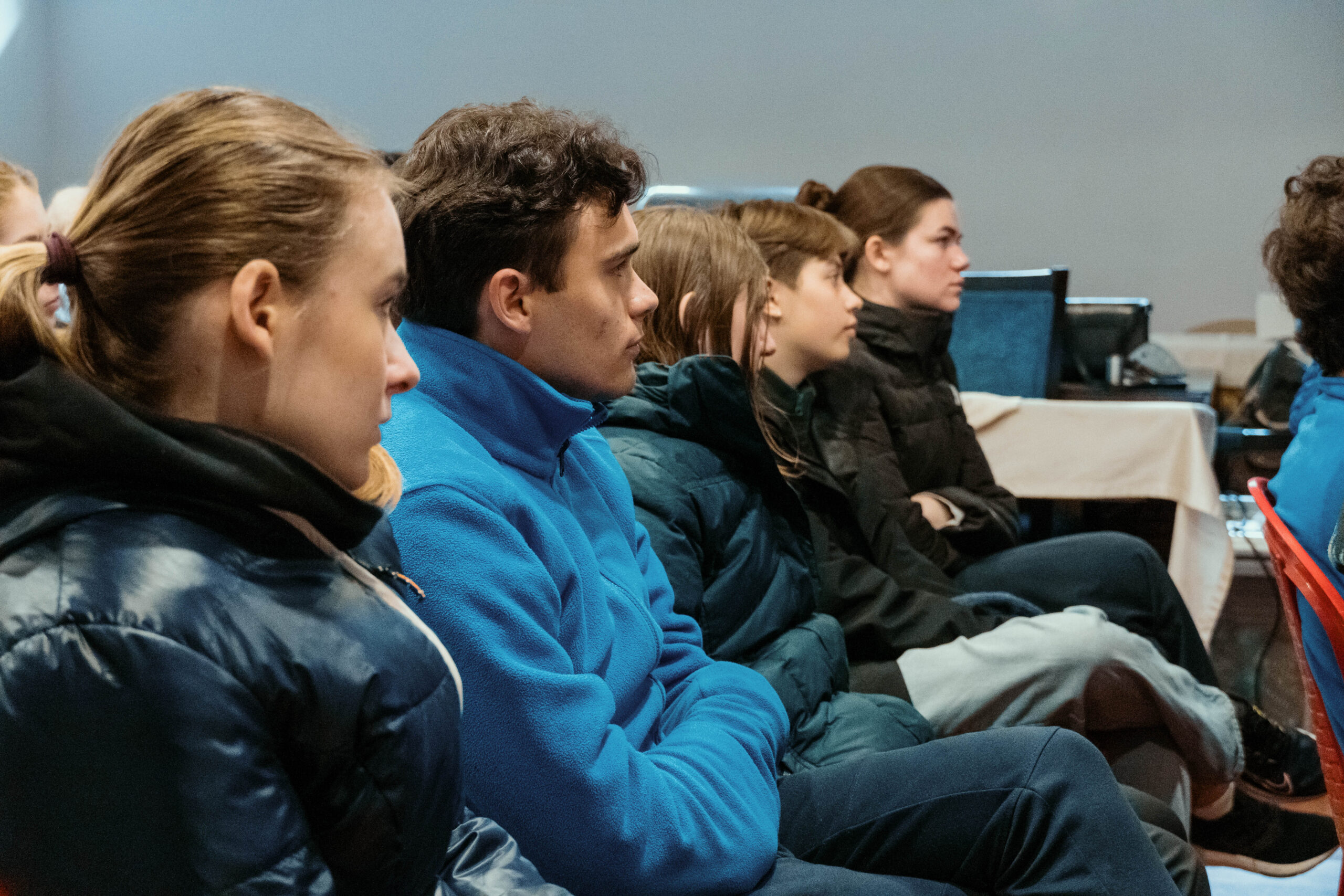
Dedicate your final day in Leh to reflection, relaxation, and exploration. Spend some time journaling or sharing your experiences with fellow travelers. Head out to the Leh Market for some last-minute shopping, picking up souvenirs such as prayer flags, organic apricot oil, and handcrafted keepsakes. Take a leisurely walk through Leh’s quiet streets, savoring your last evening in this enchanting region. Stay overnight in Leh.

Say goodbye to the stunning landscapes and warm hospitality of Ladakh as you make your way to the airport for your flight home. Carry back cherished memories of the mountains, monasteries, and meaningful connections forged during this transformative journey.

The expedition to install clean cookstoves to offset carbon emissions , will collectively offset 26 tons of carbon.
Our estimates indicate that the entire 10-day expedition’s carbon footprint, including emissions from camping, hotel stays, and participants' return flights, will be approximately 24.34 tons.
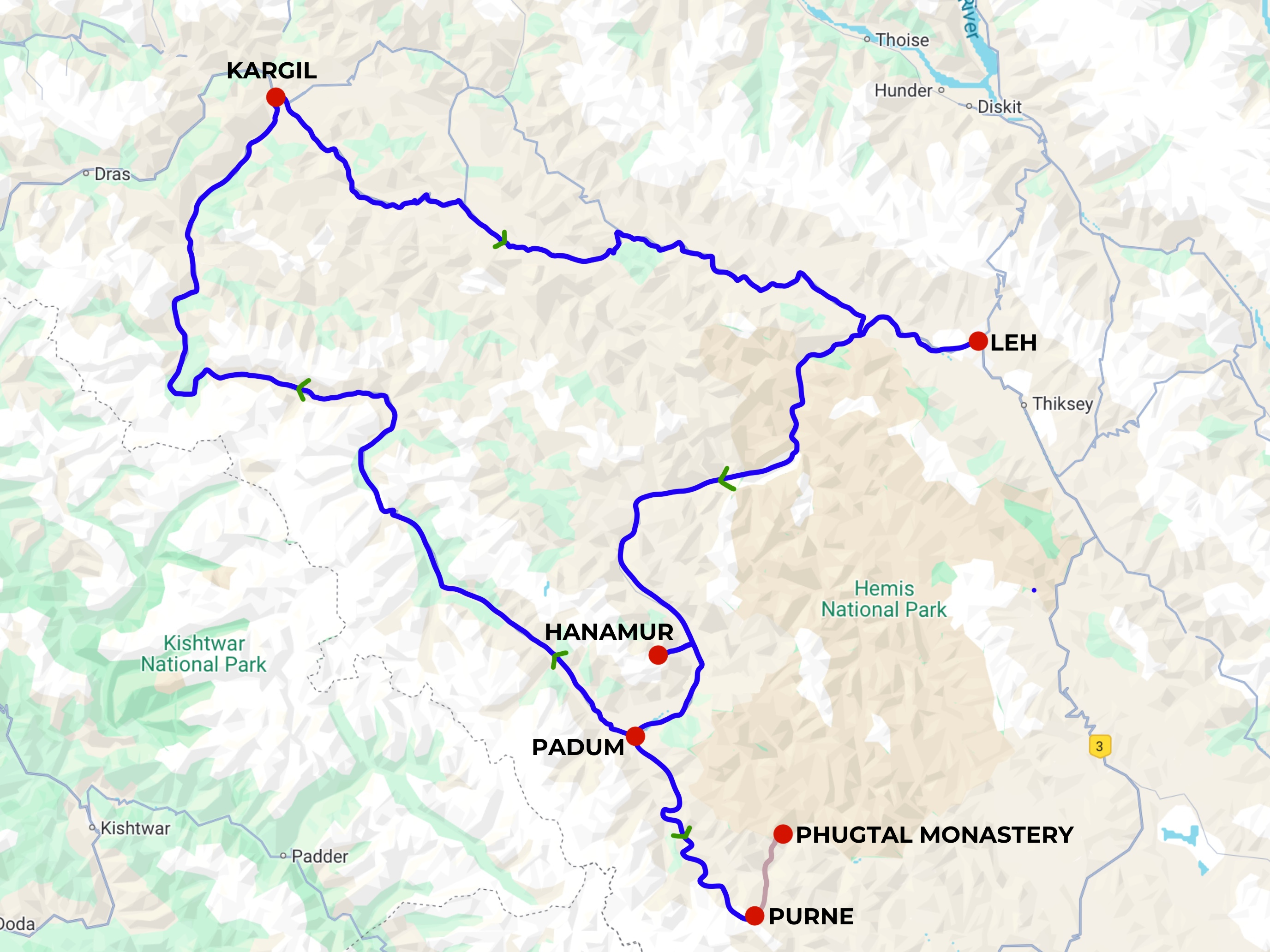
There are a couple of days of long travel in the Bus on mountain roads. However the jaw-dropping scenery should take away the fatigue of bus travel. Since we will be at an average altitude of 13000 feet or 3500m, it will help if you are at good fitness level overall. Also smoking and drinking is prohibited. The weather can be very unpredictable in the mountains. Kindly refer to the instructions in the Expedition essentials document you will find on this page.The homestay in the village will have very basic facilities, you will being staying with the local community and experience life from their point of view.
### **Preparing for the Expedition**
This expedition involves long travel days and physically demanding activities, especially during the latter stages. To make the most of your experience, we recommend regular aerobic exercise in the months leading up to the journey. Activities like daily walks, cycling, brisk hiking, or climbing stairs with a small backpack will help build the stamina needed to enjoy the trek fully. A little preparation will ensure you’re ready to embrace the challenges and rewards of this unforgettable adventure.
The expedition shall begin from the city of Leh in India, and will also end in the city of Leh. Please note that due to the high altitude, we Include the days of acclimatization in the overall expedition itinerary. You don’t need to come early for acclimatization. In case you would like to extend your trip beyond the expedition dates, please feel free to do so at your own discretion and cost.
You can read all the expedition essentials in the document shared below. For general enquiries or questions about your booking, please contact us.
Please leave empty